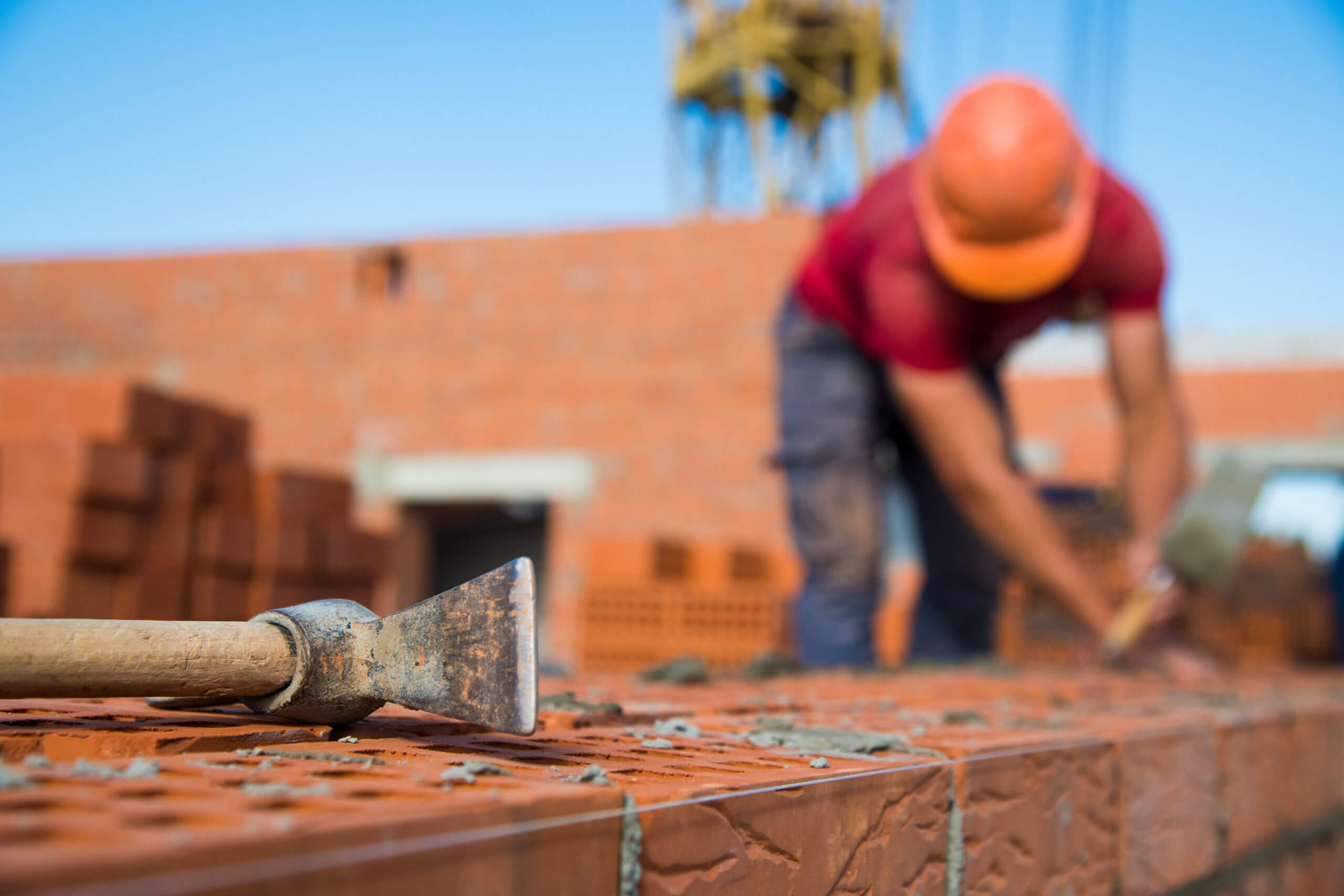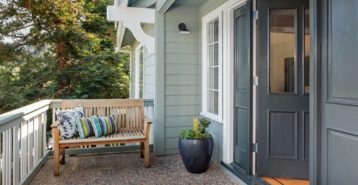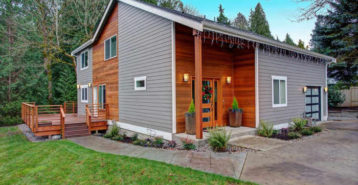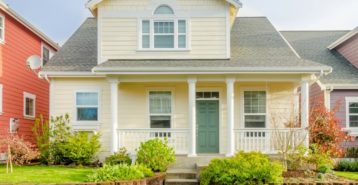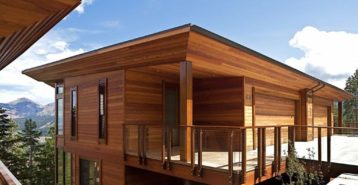Brick Siding Installation
Brick Siding Benefits
This type of siding offers tremendous value in comparison to other exterior siding options. Although initially more expensive than some alternative siding materials, the long-term savings and benefits are hard to beat.
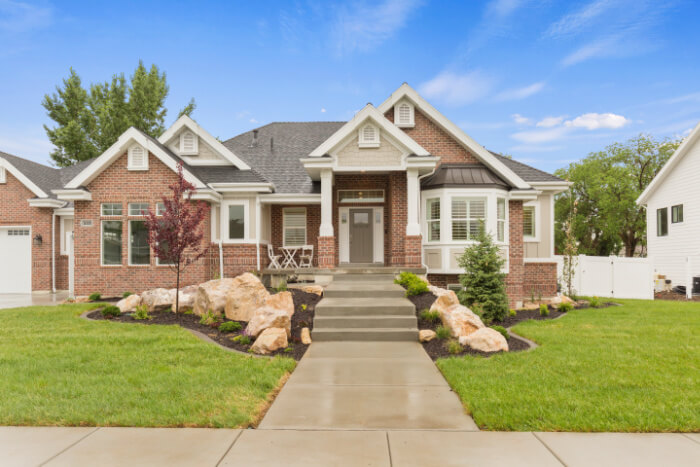
Some of the benefits of brick siding include:
- Low Maintenance: Brick never needs painting and resists rotting, fading, peeling, and denting. It’s also pest-resistant. After 25 years, inspect mortar joints for wear, but the brick will only improve with age.
- Energy Efficient: Brick insulates your home, keeping it warm in winter and cool in summer. Brick veneer is a better insulator than solid brick and offers soundproofing, ideal for noisy environments.
- Insurance Savings: Many insurers offer discounts for brick homes due to their fire and weather resistance.
- Higher Resale Value: Brick siding boosts resale value, with a 77% return on investment. Brick homes often sell for 6% more, and 50 to 60% of buyers prefer them, ensuring a quicker sale.
- Safety Benefits: Brick provides strong protection against winds and debris and is fireproof, meaning it won’t catch fire or melt.
Brick Veneer Siding vs. Real Brick Siding
Brick siding is a catch-all term referring to both real solid brick masonry, a building material used since the 1800s, and brick veneer, which has become more popular in the 20th century. Both real brick and brick veneer are available to homeowners today. The type that is best for your home depends on your budget, insulation needs, and weather conditions in your area.
What is Brick Veneer?
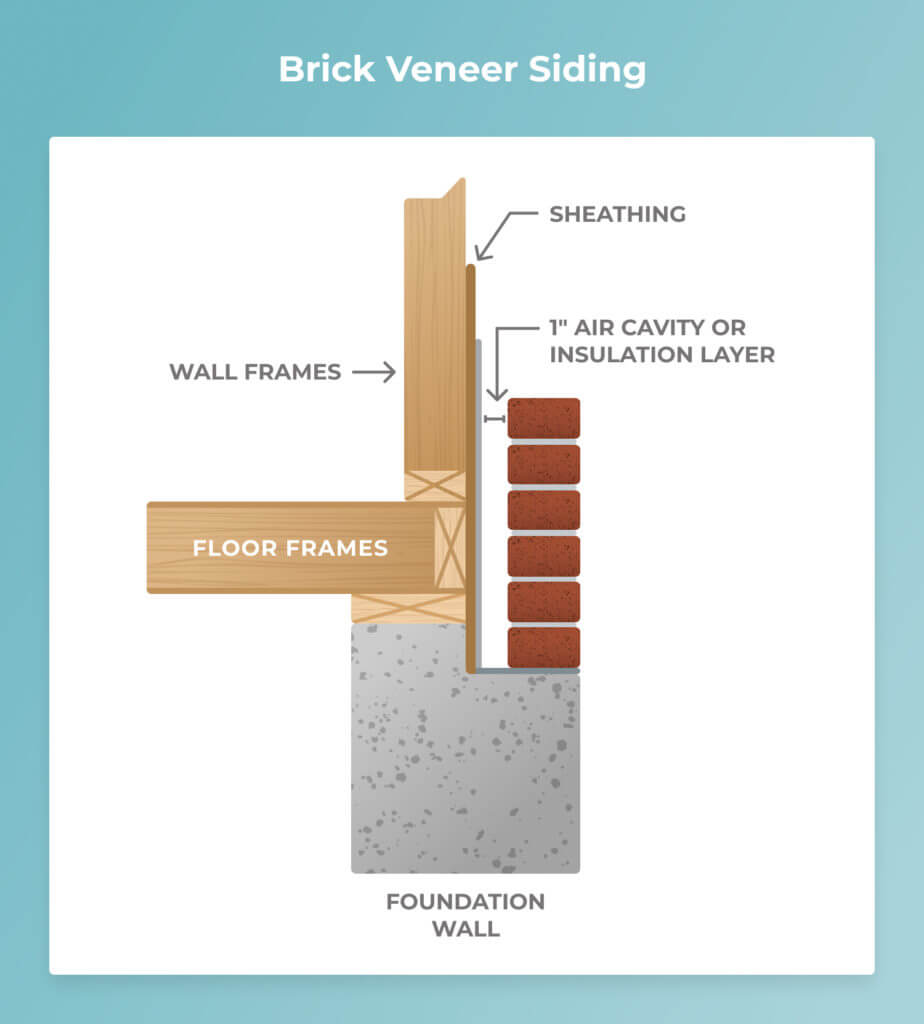
Insulation and Durability
Believe it or not, brick veneer is a better insulator for your home than real solid brick. Brick veneer has just one layer. When the brick veneer is installed, there is usually a space between it and the home’s exterior walls where a layer of insulation can be added. With real brick siding, you cannot add insulation this way. Real brick is heavier and less able to insulate your home compared to brick veneer siding, as solid brick is not a natural insulator.
Additionally, the space between the layer of brick veneer and the exterior walls is better at keeping moisture out compared to solid bricks.
At the same time, keep in mind that because brick veneer is thinner than real brick siding, it is slightly less durable over time, especially in areas prone to extreme weather. Still, it tends to last decades longer than other types of siding – up to 70 to 100 years if maintained properly.
How Much Does Brick Siding Cost?
On average, the cost to install brick siding – in general – ranges between $5 and $15 per square foot.
However, it is very important to note that the price points between real solid brick siding and brick veneer siding vary significantly. Installing real solid brick siding requires added labor and masonry, so the installation cost is higher at $9 to $20 per square foot on average.
For this reason, brick veneer is becoming more popular for siding installations. It costs closer to $5 to $12 per square foot on average, and requires less installation labor compared to solid brick.
Maintenance Tips
Brick is low maintenance, but that does not mean you never need to care for it. You can preserve the beauty and durability of your home’s brick siding with occasional cleaning and spot checks for water damage, especially if you live in a damp or humid environment.
Cleaning
Checking for Water Damage
It is a good idea to make a habit of occasionally checking your brick siding for water damage. After heavy rainfall, walk around the exterior of your home and look at the gutters and downspouts. Make sure there is no pooling or standing water near the brick exterior walls. If you find pooling, you may need to clean out your gutters and downspouts or call a professional to handle it for you.
Inspect for Damage
If you find crumbling mortar joints or cracked bricks, it is wise to call a siding professional as soon as possible. Nipping problems in the bud can prevent costly repairs or siding replacements down the road and allow your siding to last longer.
Compare top-rated siding pros in your area.
Read real homeowner reviews, explore qualifications, and view promotions. Modernize makes it easy to browse professionals and find one that will be perfect for your project.
